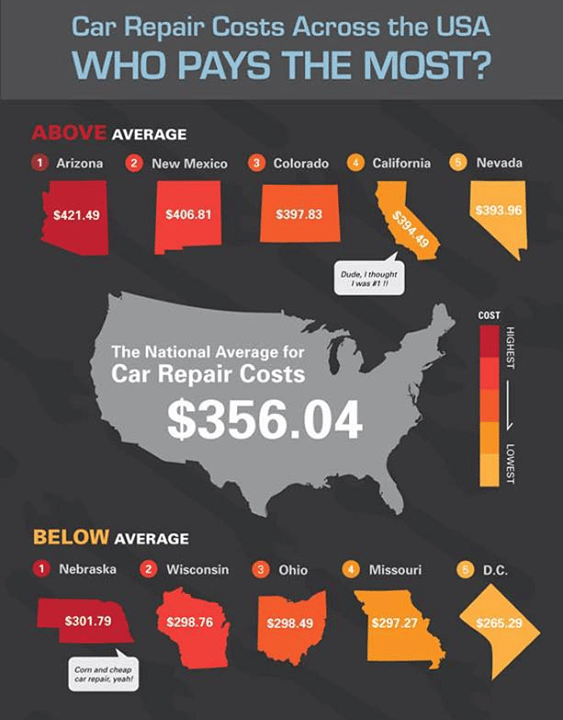Translating Your Vehicle'S Alert Lights: Their Real Ramifications
Translating Your Vehicle'S Alert Lights: Their Real Ramifications
Blog Article
Write-Up Composed By-Boye Forbes
When you lag the wheel, those radiant warning lights on your dashboard can be a little bit perplexing. Do https://www.wired.com/story/fight-right-repair-cars-turns-ugly/ understand what they're trying to tell you regarding your vehicle's wellness? Recognizing the significance of these lights is important for your safety and the durability of your car. So, the following time among those lights appears, would not you want to analyze its message accurately and take the needed actions to resolve it?
Common Warning Lights and Interpretations
Determine typical caution lights in your auto and recognize their meanings to ensure safe driving.
One of the most normal caution lights include the check engine light, which signifies issues with the engine or emissions system. If this light begins, it's crucial to have your lorry inspected promptly.
best car interior cleaning services near me cautioning light suggests low oil stress, requiring instant attention to prevent engine damages.
A flashing battery light could recommend a malfunctioning charging system, potentially leaving you stranded if not addressed.
The tire stress monitoring system (TPMS) light alerts you to reduced tire stress, influencing automobile stability and fuel effectiveness. Overlooking this might lead to hazardous driving conditions.
The abdominal light suggests a problem with the anti-lock stopping system, jeopardizing your capability to stop swiftly in emergencies.
Last but not least, the coolant temperature warning light warns of engine overheating, which can lead to serious damage otherwise fixed promptly.
Comprehending these usual warning lights will help you deal with problems without delay and preserve risk-free driving conditions.
Significance of Prompt Focus
Comprehending the usual caution lights in your vehicle is only the very first step; the importance of promptly resolving these cautions can't be highlighted enough to guarantee your safety and security on the road.
When a warning light illuminates on your control panel, it's your automobile's method of communicating a possible issue that needs interest. Ignoring these warnings can bring about a lot more extreme troubles later on, jeopardizing your safety and security and potentially costing you a lot more in repairs.
Prompt interest to cautioning lights can stop breakdowns and mishaps. For instance, a blinking check engine light could suggest a misfire that, if left ignored, could trigger damage to the catalytic converter. Addressing this immediately can conserve you from a pricey repair.
Similarly, a brake system warning light may signify low brake liquid or used brake pads, crucial components for your safety and security when driving.
Do It Yourself Troubleshooting Tips
If you observe a warning light on your dashboard, there are a few DIY troubleshooting suggestions you can attempt before looking for specialist aid.
The initial step is to consult your cars and truck's handbook to understand what the details caution light suggests. Sometimes the issue can be as easy as a loosened gas cap setting off the check engine light. Tightening the gas cap might solve the trouble.
An additional common concern is a low battery, which can trigger different cautioning lights. Checking the battery connections for corrosion and guaranteeing they're safe may repair the issue.
If a caution light lingers, you can try resetting it by disconnecting the auto's battery for a few minutes and after that reconnecting it. In addition, inspecting your car's fluid levels, such as oil, coolant, and brake fluid, can aid repair advising lights connected to these systems.
Verdict
Finally, understanding your car's warning lights is essential for maintaining your vehicle running efficiently and safely. By promptly dealing with these alerts and recognizing what they indicate, you can prevent costly repairs and possible malfunctions.
Remember to consult your vehicle's guidebook for certain information on each advising light and act appropriately to guarantee a hassle-free driving experience.
Keep notified, stay secure when traveling!
